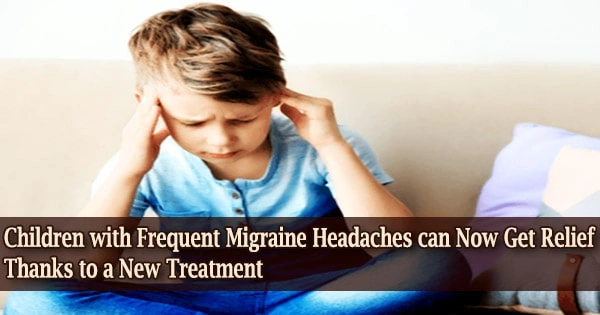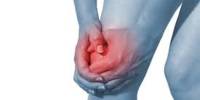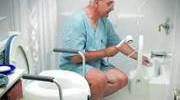According to new research presented today at the Society of Interventional Radiology’s 2017 Annual Scientific Meeting, minimally invasive treatment for migraine headaches used for adults is also proving to be a safe and effective treatment for children and teenagers, and it only takes minutes for a child to feel relief.
A migraine is a primary headache, which means it isn’t the result of another medical condition. Primary headache disorders are clinical diagnoses, which means they can’t be diagnosed with a blood test or an imaging examination. A secondary headache is a sign of something else going on in your body.
Migraines are a frequent medical disorder that affects both children and adults, affecting 12% of those aged 12 and over. They are particularly debilitating in teenagers, and they frequently interfere with daily activities such as school, music, and sports.
Individual migraines range in severity from mild to severe and are commonly accompanied by a throbbing or pounding sensation. Although they are usually one-sided, they can develop anywhere on the head, neck, and face, as well as all over the body.
The sphenopalatine ganglion (SPG) block is a novel treatment that does not require the patient to be touched by needles. Instead, a small flexible catheter is put into each nostril, and local anesthesia is delivered to the SPG, a nerve bundle found at the back of the nose that is suspected to be involved with migraines.
Aura, a brief neurological phenomenon that slowly progresses and then often dissipates just as the pain begins, may be present in up to 25% of people with migraine headache symptoms.
This treatment, performed in an outpatient setting by an interventional radiologist, can safely relieve a child’s migraine quickly. By reducing the need for medications that come with serious side effects or intravenous therapies that may require hospital stays, children don’t have to miss as much school and can get back to being a kid sooner.
Robin Kaye
A migraine aura is a collection of sensory, motor, and verbal symptoms that act as warning signs that a migraine headache is about to start. It’s often misdiagnosed as a seizure or stroke, and it usually starts before the headache pain, although it can also happen during or after.
While visual disturbances (flashing lights, zigzags, blind spots) are the most prevalent type of migraine aura, many people also feel numbness, confusion, difficulty speaking, vertigo (spinning dizziness), and other stroke-like neurological symptoms. Auras can occur without causing headaches in certain persons.
Disabling the SPG for a short period of time can interrupt and reset the headache circuit, stopping the loop of severe migraines and lowering the need for medicine. According to the experts, the minimally invasive SPG block has an almost immediate effect and can provide comfort for months.
SPG blocks should not be used as first-line therapy. If a child has been diagnosed with a severe migraine that has not responded to first-line medications, he or she is eligible for the treatment.
“This treatment, performed in an outpatient setting by an interventional radiologist, can safely relieve a child’s migraine quickly,” said Robin Kaye, MD, section chief of interventional radiology in the department of medical imaging at Phoenix Children’s Hospital and a co-author of the study.
“By reducing the need for medications that come with serious side effects or intravenous therapies that may require hospital stays, children don’t have to miss as much school and can get back to being a kid sooner.”
At Phoenix Children’s Hospital, Kaye and her team administered 310 treatments to 200 youngsters ranging in age from 7 to 18. Prior to the intervention, patients’ pain levels were measured on a scale of 1 to 10.
Patients were asked to compare their pain levels ten minutes following therapy using the same scale. The researchers discovered a statistically significant reduction in headache scores, with an average pain score of slightly over 2 points on a 10-point scale.
“While it isn’t a cure for migraines, this treatment has the potential to really improve the quality of life for many children,” said Kaye.
“It can be performed easily, without complications, and gives quick pain relief, which is important to parents who want to see their children happy, healthy and pain free again. If needed, we can also repeat the treatment if or when the migraine returns.”
















